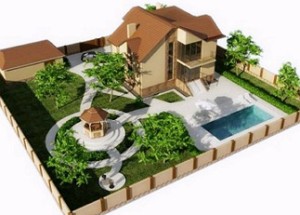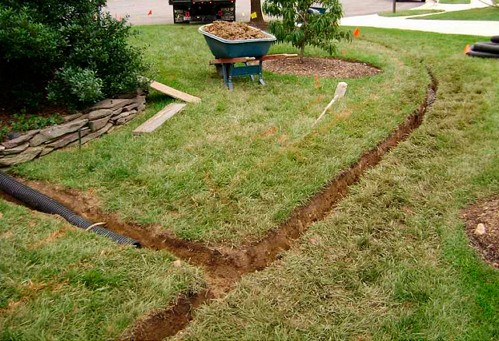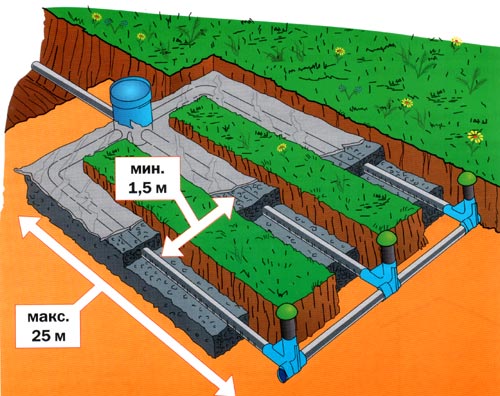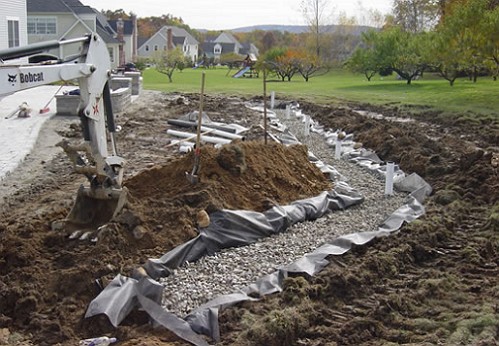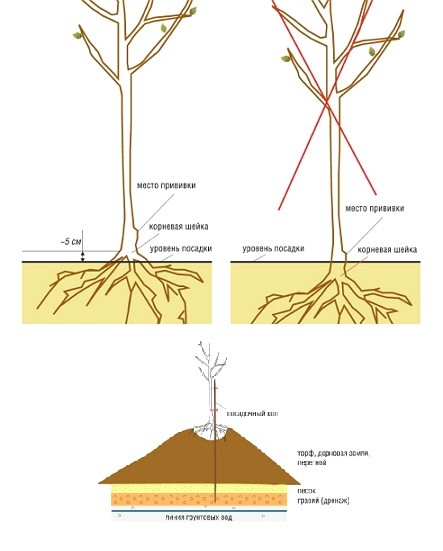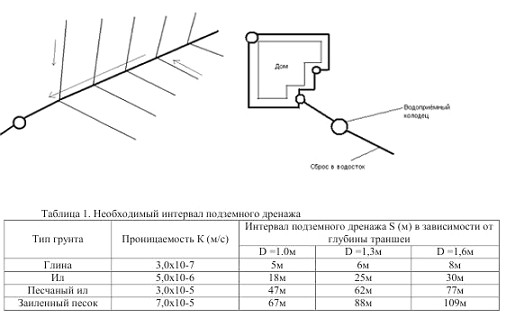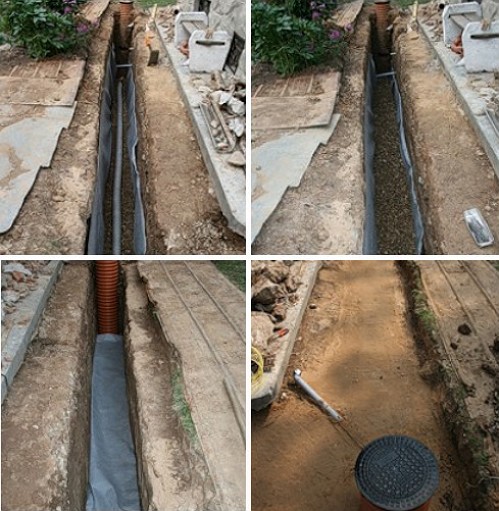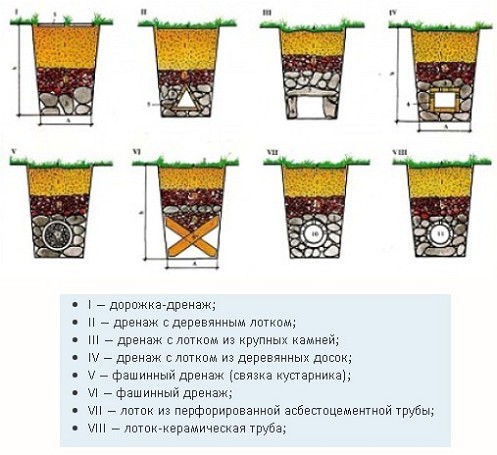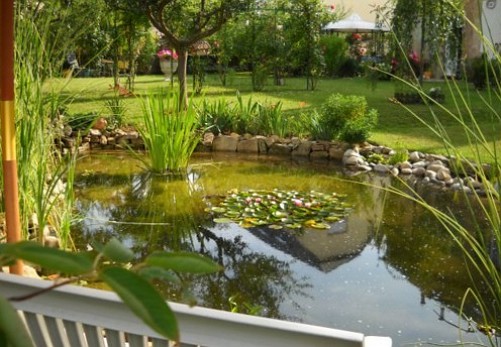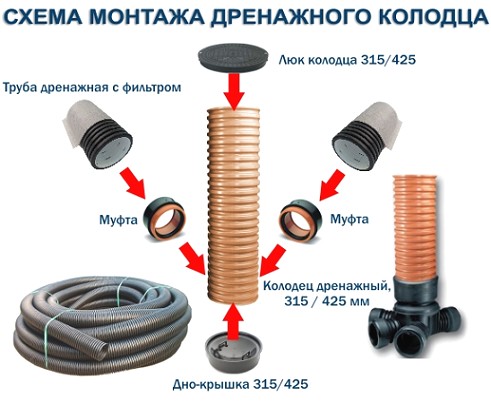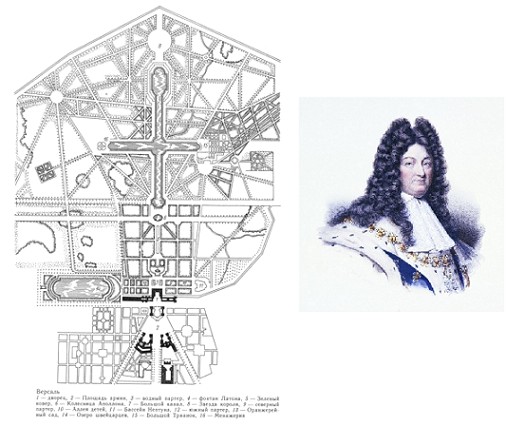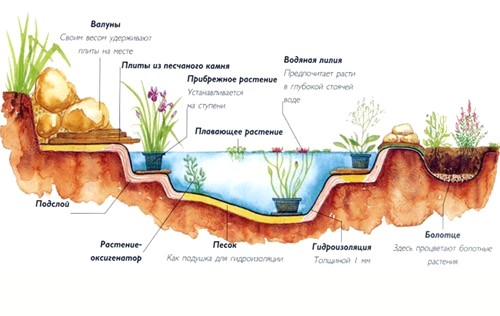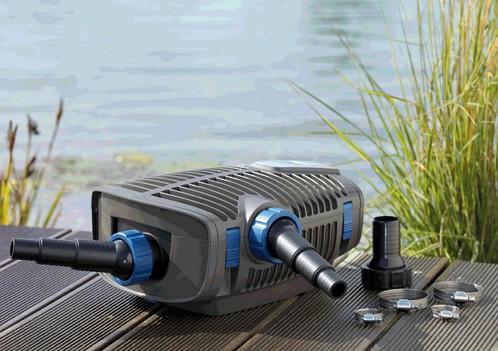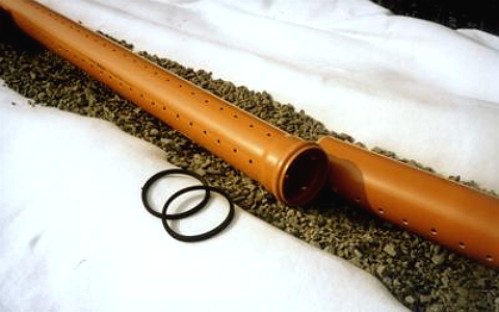If you were lucky enough to become the owner of a wetland, do not despair! Look closely at the features of landscape design on a swamp. You have a unique opportunity to use moisture for good. A well-thought system of reclamation works and hand-digging of drainage ditches, as well as planting vegetation will turn the site into a blossoming oasis. In 10-15 years ...
Content
Wetlands of the site: reasons and ways to solve the problem
It is known that experienced gardeners do not purchase wetlands for building and breaking a garden or creating a landscape design. Dislike for wetlands is explained by the laboriousness of drainage and the creation of a drainage system.
The cause of waterlogging may be factors:
• the presence of a spring or a source feeding a swamp
• features of the relief of the soil with a clayey massif close to the surface
• Low, in relation to neighboring sites, the location of the site.
The main factor of waterlogging is dense clay soil with a low coefficient of filtration. Peat deposits formed in the marshy area, while compacting the massif, absorb and accumulate moisture.
Naturally, a high level of groundwater and heavy soil do not influence the root system of trees and bushes of wetlands in the best way.
To get rid of the swampiness of the site, it is necessary to carry out a number of measures, namely, to drain the soil, taking into account the redox properties of groundwater
Methods of drying the marshy area
There are several ways to drain wetlands:
• fill with soil or sand mixture
• create a drainage system.
Solve the problem of how to drain the site is recommended in a complex. This means coordinating the creation of a drainage and water collection system together with a neighboring site.
backfilling
The most accessible, at first glance, are the activities, when we pour off the wetland area. This statement is incorrect, because the bog represents a sustainable ecosystem, and the desired results do not fall back. Over time, fueled by groundwater and discharges, the swamp returns to its original form.
More effective are measures to create drainage systems and open water drains. Of course, if in the way of water flow there will be no obstacles and trees of swampy areas. By the way, on a site with a high location of groundwater, a specific formation of a landing hill is assumed.
drainage systems and organization of water collection for wetlands
Natural drainage in wetlands is complicated by the features of the relief and the granulometric composition of the soil. Therefore, it is necessary to create a system capable of producing a runoff and to ensure a redistribution of moisture. There are open and closed types of drainage.
Open drainage for the bogged area is created in the form of ditches, channels and drainage channels ("herringbone" scheme). This type of drainage is possible to create an occasional runoff (flooding and flooding).
The technology of creating a drainage system is standard: the central route is made underground, and excess water drains into it along the ditches.
The closed type of drainage of the problem area is carried out by digging the pipes into the ground with an open hole for collecting water. Trenches for closed drainage are lined with geotextile, followed by piling of the gravel layer up to 30 cm.
After placing the pipes, the geotextile is covered with a layer of coarse sand and turf. The depth of the trench relative to the water level is
80-100 cm.
Traditionally, the closed drainage system is located with a slope to the collection drainage pond or well. There are the following organization of water collection and water disposal facilities:
• Common drainage system
• drainage well with subsequent use for irrigation
• Man-made creation of an artificial reservoir.
An obvious advantage of the swamped area is the installation of a drainage well with the subsequent use of collected water for irrigation. To construct this type of well can be done by hand at the lowest point of the section with a diameter of up to 1.2 m and a depth of up to 3 m. To use the collected water, install the pump.
To create a drainage system, use plastic pipes with holes in the walls and install inspection holes in the corners of the pipeline. Pipes are laid in trenches up to 70 cm deep for clay soils, up to 85 cm for loams and 1 m for sandy soil.
How to drain, shown in the video.
the device of channels and ditches (the French drainage)
Become a builder and owner of your own Cross Channel (almost like in Versailles) in the marshy area of the site is simple. It will take only some schemes to create drainage channels, covered with rubble and shovel. Ditches, covered with rubble, do not bloom and do not clog with silt masses.
The outer part of the canal or ditch is covered with large pebbles or spread with rubble. Backfill ditches are combined with the tracks of the site.
In addition to the possibility of using collected water for irrigation, it is possible to create an artificial pond or pond in a wetland area.
create a pond
The pond should be arranged at the lowest point of the marshy area, taking into account the place of collection of water and the system of disposal. Pre-existing ditches, ditches and hillocks it is desirable to trim.
In the case of an existing pond or swamp, it will be necessary to strengthen the shoreline with retaining walls and boulders.
Build a pond will help video.
planting of trees and shrubs
Planting of plants and trees can be considered an effective measure for draining wetlands. Naturally, it is necessary to know what to plant on a wetland site. Suitable trees and plants that can save soil from wetland are willows, irga, hawthorn, fern and lilac Amur. Weeping willows have a developed root system, through which the drying of the soil occurs.
lawns, lawns and flower gardens
To create and break lawns, lawns and flower beds, conduct additional drainage and select the type of plants: ayr, cattail, irises, clover and ornamental grasses.
Let's say that the marshy soil is black-brown and brown with predominance of acid reaction. Therefore, when creating flower beds and lawns, a transformation of the soil layer and its alkalinization will be required. For this, imported soil and alkaline additives are added to the site.
Thus, the swamped area requires close attention and diligence. However, for those who do everything with their own hands it is available.


